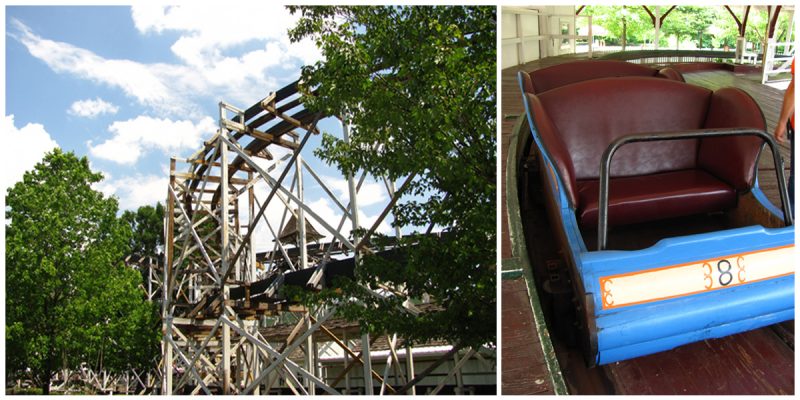Lakemont Park, located in Altoona, Pennsylvania, houses the world’s oldest surviving roller coaster. Leap-The-Dips North America’s last surviving side friction roller coaster, built in 1902 by the E. Joy Morris Company of Philadelphia. Leap-the-Dips operated until 1985 when it closed due to disrepair. A fund-raising campaign led to a restoration starting in 1997 and a reopening on Memorial Day 1999.
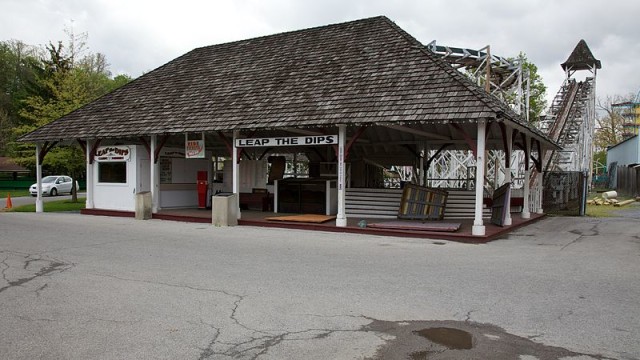
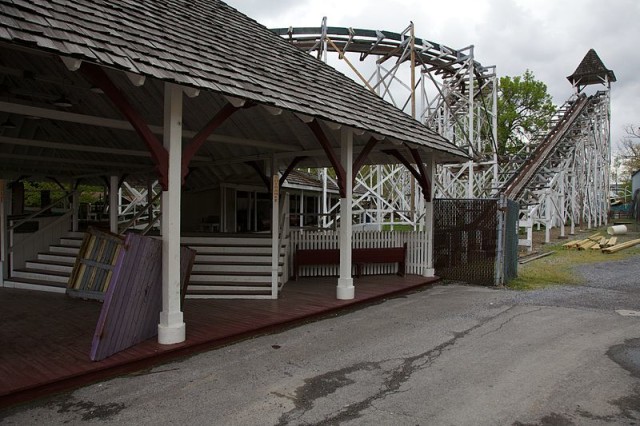
The park opened in 1894 as a trolley park and became an amusement park in the summer of 1899. It is the 8th oldest in the United States. The park was owned by the Boyer Candy Company from May 23, 1986 until July 1, 1988, when it was called Boyertown USA.
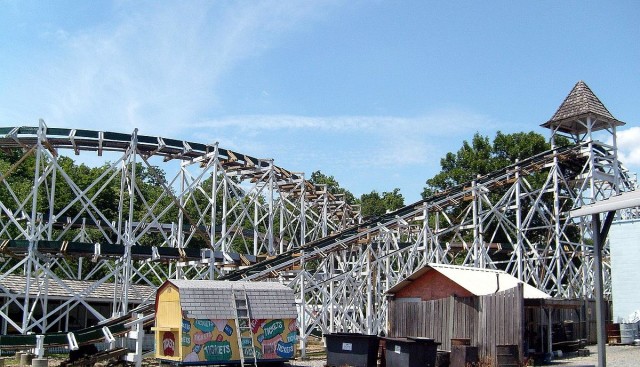
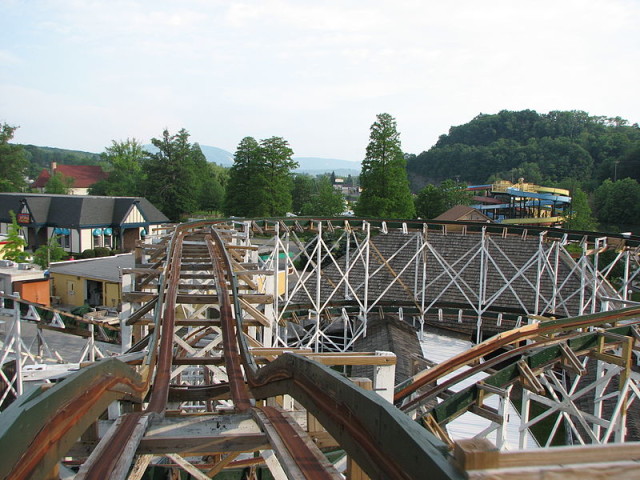
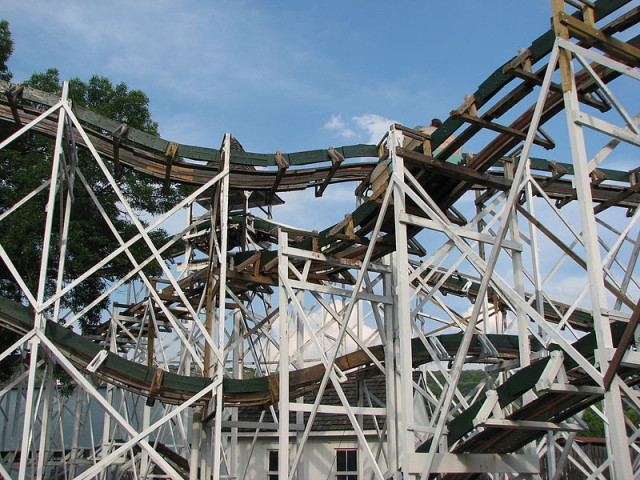
Leap-The-Dips features a simple design consisting of ten-foot drops followed by a turnaround. Although the ride is quite tame by today’s standards, being only 41 ft (12.5 m) in height and having an average speed of 10 mph (16 km/h), many people still ride it.
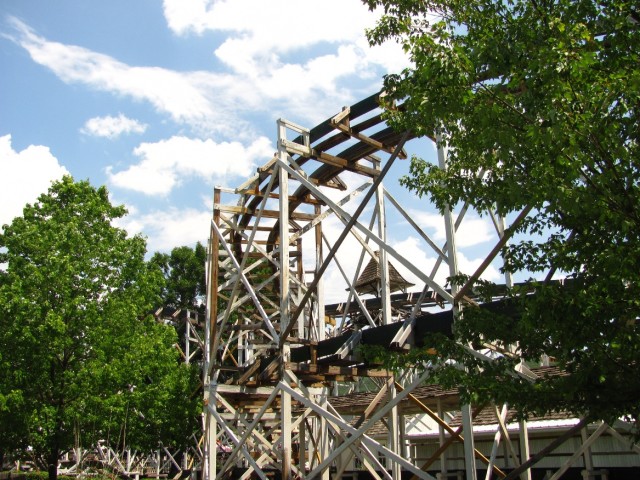
Side-friction wooden roller coasters are held on the track by the friction that the wheels generate. In fact, some riders have reported that the wheels of the cars in the rear have even left the track during some of the dips.
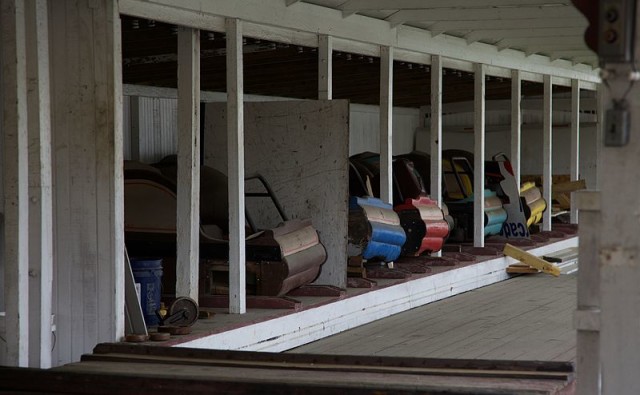
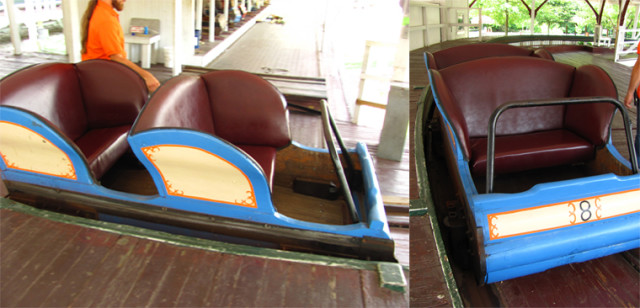
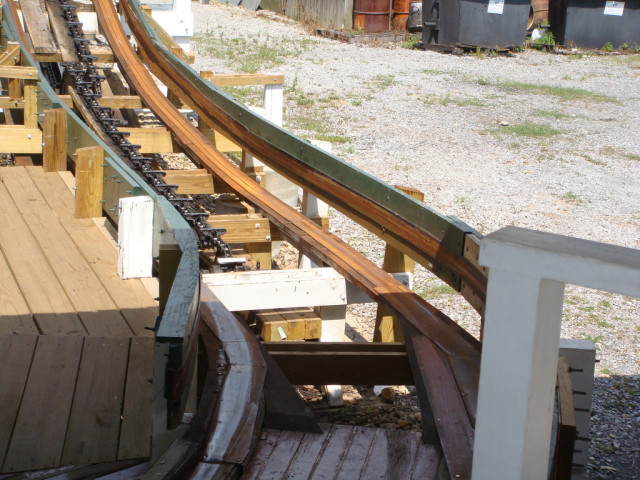
At one time there was a “twin” coaster called Leap the Dips at Mounds State Park in Anderson, Indiana. This ride was installed around the great mound in 1908 and visitors said at the top of the ride you could see all the way down to the river.
The roller coaster, along with the entire park, suffered some hardships over the years. The Great Depression struck the nation and because very few people had any money for frivolous things like amusement parks, attendance dropped. The next disasters to strike the park were a flood on St. Patrick’s Day in 1936 and following that, an ice storm in 1950. Luckily, neither of these did significant damage to the roller coaster. The park made it through these rough patches, remaining open and eventually thriving again.
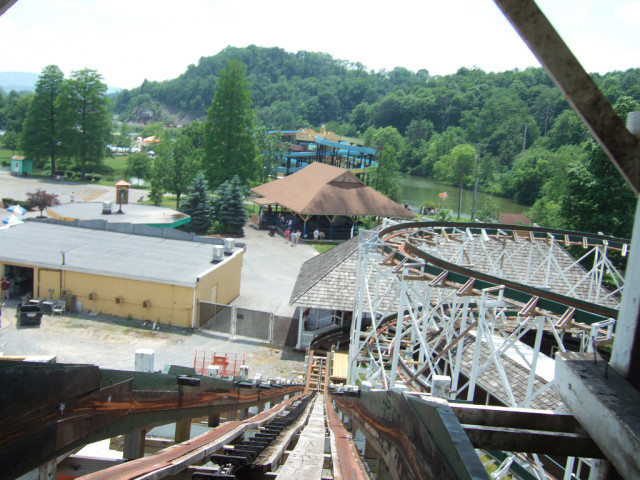
The Leap-The-Dips is listed on the National Register of Historic Places and in 1996 was designated a National Historic Landmark. It is also an American Coaster Enthusiasts Coaster Classic and Coaster Landmark.
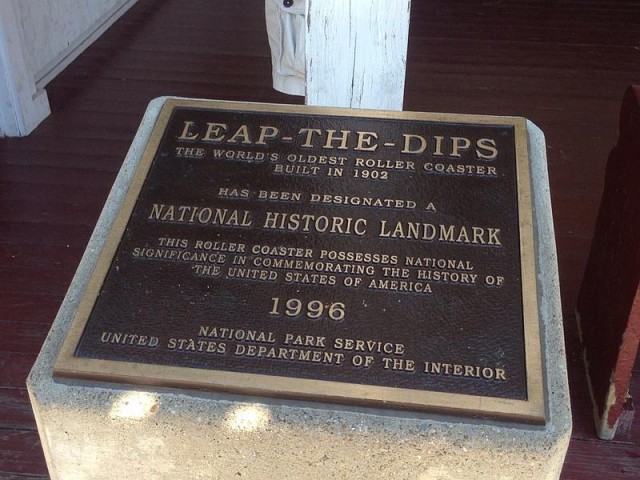
Leap the Dips is now one of only a few remaining side-friction wooden roller coasters in existence today. People from all over the United States and the world still come to visit this historic landmark.
